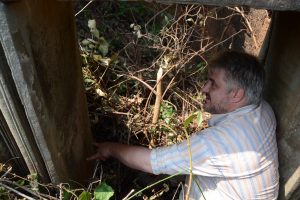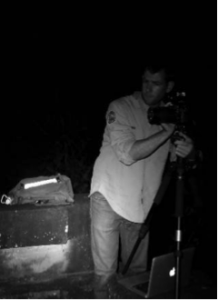Epigraphic sources play a critical part in defining evidence of Buddhism’s long term role and impact in Cambodia. The epigraphic research in TBT is divided into three interrelated stages. First, we complete the inventory of newly discovered inscriptions from Preah Khan. This stage will also include new translations and analysis of the already recorded Preah Khan inscriptions. Second, we focus on texts originating from within the geographic region surrounding Preah Khan and translate the new ones. The final aspect of our epigraphic study is the analysis and comparison of names, toponyms, ritual, and deities within these texts to the whole corpus of Khmer inscriptions (Sanskrit and old Khmer). The objective is to establish a list of divinities and toponyms within this region to try to identify the name of Preah Khan and its divinity, or divinities.
Moreover, we seek to test Lowman’s (2011) suggestion that Chpar Ransi (‘Bamboo Grove’), a famous long-lasting Buddhist temple known in epigraphy from the 10 century to the middle period (Estève 2009, 2010) refers to Preah Khan. On a broader level the epigraphic component of this project, we will track the spread of Buddhism through the geographic and temporal appearance of divinities. This information will provide direct insight into the rise and ultimate decline of Mahāyāna/Vajrayāna and subsequently inform on the appearance of Theravāda.
During the second field season in 2016, the research team discovered a short inscription on one of the upper stone blocks in the main sanctuary in the 1st enclosure. Thanks for the permission from the Cambodian administration, the team was able to enter the temple at night and use Reflectance Transformation Imaging (RTI) technique to document the new inscription. RTI documentation is based on the photographic capture of a subject’s surface under different lighting angles. Digital images are then computerized and visualized with a specific software that allows interactive re-lighting of the subject in various surface enhancement modes to explore fine details usually not visible on a single normal picture. Despite the challenges and real difficulties of doing RTI in this rather inaccessible part of the main sanctuary, especially in a dark environment, the entire operation was a success.




